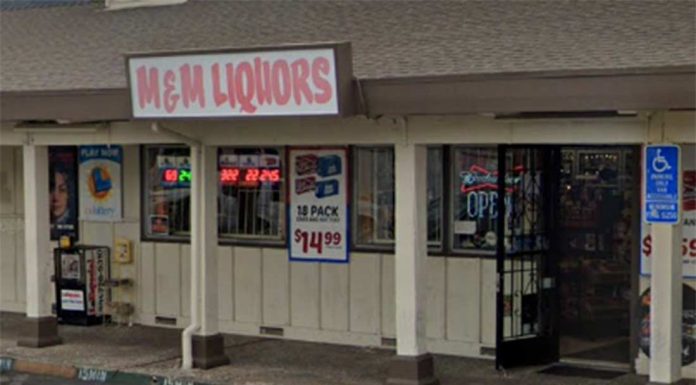Police blotter: Petty theft, stolen vehicle
The driver of a “brown or reddish” SUV collided with a vehicle near the intersection of Monterey Road and Tennant Avenue and left the scene.
CHP on ‘maximum enforcement’ Nov. 25
Traffic police will be on heavy patrol up and down the coast the day before Thanksgiving, which is traditionally one of the busiest travel days of the year.
Apple’s head of security indicted in Santa Clara County CCW case
A grand jury has issued a pair of indictments accusing Apple’s head of global security, two high-ranking officials from the Santa Clara County Sheriff’s Office and a local business owner of exchanging bribes for concealed gun permits.
Undersheriff Rick Sung indicted in CCW case
A criminal grand jury has indicted Santa Clara County Undersheriff Rick Sung in connection to a suspected pay-to-play scheme involving concealed gun permits.
Gilroy woman accused of stealing more than $1M from law firm
A Gilroy woman and her father are accused of embezzling more than $1 million from a law firm where the woman worked as an office manager, according to authorities.
Police blotter: High-speed pursuits
A green Nissan Maxima collided with a California Highway Patrol vehicle after trying to flee from police on U.S. 101.
Woman arrested in Gilroy on suspicion of arson
Santa Clara County Sheriff’s deputies arrested a 32-year-old woman on suspicion of starting a series of fires in Gilroy on Sunday, according to authorities.
DA charges Gilroy couple with human trafficking
A Gilroy couple who own a liquor store are facing charges of human trafficking, the Santa Clara County District Attorney’s Office announced Nov. 9.
Amarjit and Balwinder Mann, both 66, the owners of M&M Liquors on Westwood Drive, are accused of locking a man in...
Former GOP candidate for 30th district convicted of election fraud
Neil Kitchens—a Prunedale resident who ran unsuccessfully against Robert Rivas in the 2018 race for state assembly—pleaded guilty to felony election fraud on election day 2020, according to authorities.
Stubblefield sentenced to 15 years to life in prison
Former San Francisco 49er Dana Stubblefield was sentenced today to 15 years to life in prison for sexually assaulting a disabled woman whom he lured to his Morgan Hill home with a promise of a babysitting job, authorities said.















